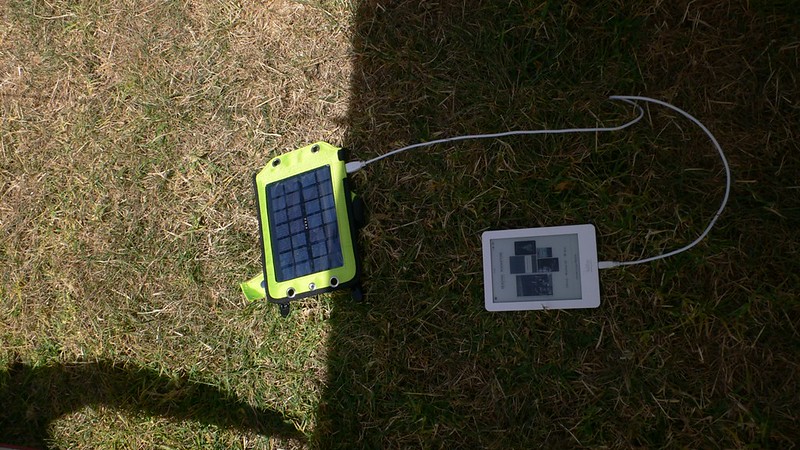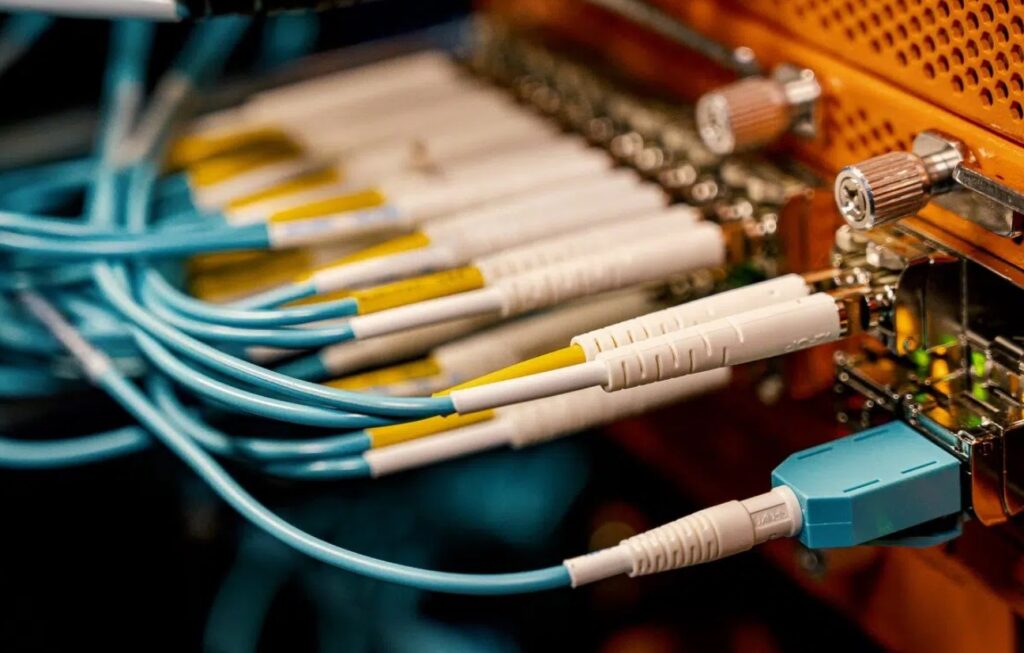In the age of smartphones and portable batteries, it’s become common to have small, portable power banks for charging devices when we don’t have access to electrical outlets. These power banks typically come in the form of a USB battery pack — also known as a solar power bank — that can be plugged into a wall outlet or device to charge its internal battery.

These portable power banks are useful for recharging your phone when you don’t want to use the grid or an alternative source of electricity such as a solar panel. In this article, we’ll explain how a solar power bank works and some common uses for them.
What is a Solar Power Bank?
A solar power bank is a device that stores energy in a battery and uses that energy to charge other devices. Solar power banks are a convenient way to charge your phone and other electronics when you don’t have access to a regular outlet. These devices typically come with a built-in panel that can generate electricity when placed in direct sunlight. The panel is built to be portable, allowing you to charge your phone or other devices anywhere. Solar power banks can come in a few different forms, each with its own unique features and uses. They can be one-time use, rechargeable via solar power, or removable for convenient charging. Depending on what you need, you can choose the best type of solar power bank for your situation.
How Do Solar Power Banks Work?
The most common type of solar power bank is a portable battery pack with a built-in panel that can generate electricity when placed in direct sunlight. These panels are typically built into a suitcase-style case, allowing you to charge your phone or other devices when needed. When you’re not using the panel, it charges your battery.
The panel in a solar power bank is generally a flexible, high-efficiency solar panel that converts sunlight into electricity. It’s generally made up of a series of cells connected to a controller. When exposed to sunlight, the panel generates electricity. The battery pack in a solar power bank is what stores the electricity generated by the panel. It’s generally a large, heavy-duty battery designed to store large amounts of electricity, allowing you to charge your phone or other devices when you need it. You can charge a solar power bank via the panel, via a wall outlet, or both.
Types of Solar Power Banks
When shopping for a solar power bank, you’ll see a lot of different types of solar power banks. The majority of these types are referred to as one-time use solar power banks. These types generally come with a few different features. Some of them have a built-in solar panel that can generate electricity when placed in direct sunlight, while others come with a built-in rechargeable battery that can be recharged by plugging them into a wall outlet.
Some of these types also allow you to charge your phone via an included charging cable, while others allow you to charge devices with a magnetic strip. This can be helpful if you have a group of devices that all need charging at once, like your car navigation system or a group of Bluetooth speakers.
Related: Comparison: Solar Charger vs. Power Banks
Charging Capacity of Solar Power Bank
The majority of portable solar power banks cannot be used for powerful and long-hour charging. In fact, the ability to carry power banks around is among the main reasons why they have been received very well. This is understandable since many prefer something to carry with them. This is why the huge-sized batteries for solar are located indefinitely or for a short time in a specific site.
You can utilize the big-sided solar power bank at your home in addition to regular power. If the solar energy bank has massive capacity, you could think about going off-grid. In this way, you don’t need to pay electricity costs.
Rural regions without electricity could easily put up a solar panel on their property and enjoy power for when the solar panel stores solar energy. If you are only looking to charge devices that are small, like your phone, power banks that are small are your best option.
They’re lightweight enough to fit in a smaller purse, bag, or even your trouser pocket. This means that you are able to quickly reach them in times when you’re short in power.
Although small solar power banks contain less power, they will be able to charge the majority of your devices fully. Power capacity for the solar bank is dependent on the manufacturer or model as well as the quality of the product you opt for. Brands such as Enviroinc are known for their solar power banks’ performance and quality.
Advantages of Using a Solar Power Bank
- Convenient: A solar power bank is convenient because it allows you to charge your phone or other device using solar power when you don’t have access to electrical outlets. You can charge your phone or other devices anywhere there’s sunlight.
- No Need for Electricity: Many people want to save money and reduce their carbon footprint by avoiding using electricity when possible. Solar power banks can be useful if you want to avoid using electricity at all costs. You can use your solar power bank to charge your phone or other devices whenever you need it.
- No Intermittent Power: As we all know, the power grid can be unreliable and intermittent. A solar power bank allows you to avoid this problem by providing reliable, uninterrupted power.
- No Need for Spare Battery: Most modern smartphones have relatively small batteries that can only last for a few hours before needing to be recharged. This means it’s common to charge your phone multiple times a day. A solar power bank means you don’t need to keep a spare battery on hand.
- Emergency Backup Power: A solar power bank is a useful emergency backup power source. If there’s a power outage or you need to charge your phone or other devices quickly, a solar power bank is a great option.
Disadvantages of Using a Solar Power Bank
- Expensive: Because they require sunlight to work, most solar power banks are only practical if you have plenty of sunlight. If you don’t have as much sunlight, it can be inconvenient and expensive.
- Installation: Depending on where you live and what type of solar panel you choose, installing a solar power bank can be complicated and time-consuming.
- No Charging During Cloudy Days: If there’s decent cloud cover over your location, a solar power bank may not work.
- Limited Range: A solar panel has a limited range, meaning it can only generate electricity within a certain distance from where it’s installed. If you want to charge your phone further from the panel, you’ll need a longer cable.
Final Words
Solar power banks are a convenient way to charge your phone or other devices when you don’t have access to an electrical outlet. They allow you to avoid using electricity when you need to avoid using it, are convenient because you don’t need a battery, and are a great emergency backup power source. However, they can be expensive and inconvenient to install. If you live in a sunny location, they can be a great choice. Otherwise, they may not be worth the hassle.



